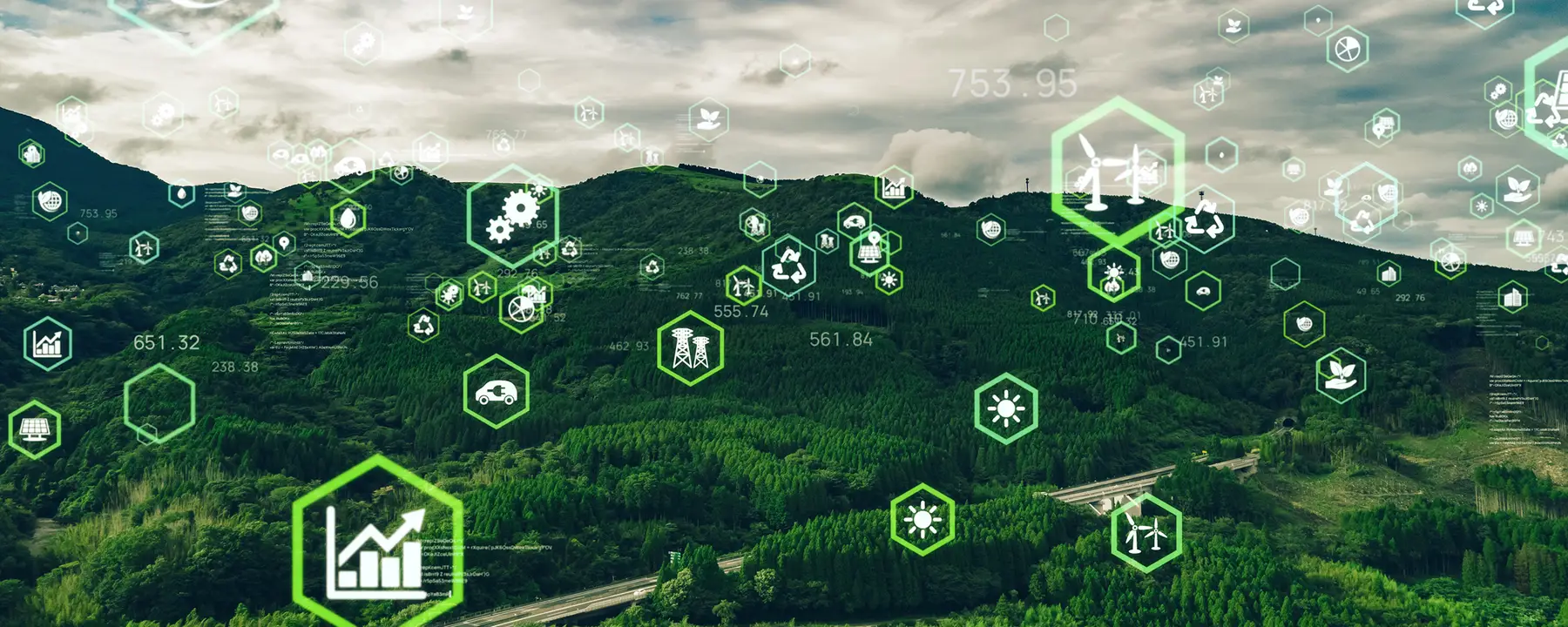WRI GHG Protocol Scope 1 Direct Emissions Modeling Test
The WRI (World Resources Institute) Greenhouse Gas (GHG) Protocol is a widely recognized international framework that helps companies and countries understand, measure, and manage their greenhouse gas emissions. Within this protocol, Scope 1 Direct Emissions refer to the direct emissions from owned or controlled sources. This includes emissions from company-owned vehicles, equipment such as boilers or furnaces, and any other emissions resulting directly from a facility's operations.
The WRI GHG Protocol Scope 1 Direct Emissions Modeling Test is essential for organizations that need to accurately quantify their direct emissions in order to comply with regulatory requirements, manage environmental impacts effectively, and make informed decisions regarding sustainability. This test involves the detailed modeling of direct emissions sources using best-in-class methodologies and technologies.
The process begins with a thorough site assessment where all direct emission sources are identified and documented. From here, we utilize advanced software and models to simulate real-world scenarios, ensuring that every aspect contributing to these emissions is captured accurately. Our team then reviews the data generated from these simulations against relevant international standards such as ISO 14064-2 for consistency and accuracy.
Once the model has been validated, we provide comprehensive reports detailing emission factors, sources of emissions, potential reductions strategies along with recommendations tailored specifically towards your organization's unique circumstances. These insights are invaluable tools in driving strategic planning around sustainability initiatives.
The importance of this testing cannot be overstated given its role in helping organizations reduce their carbon footprints while also complying with increasingly stringent environmental regulations worldwide. By accurately modeling direct emissions, companies can identify areas for improvement early on and implement measures that lead to long-term reductions without compromising productivity or efficiency.
Let's delve into some key benefits associated with undergoing this type of testing:
- Enhanced Compliance: Ensures adherence to regulatory standards which could save costs due to fines or penalties.
- Informed Decision-Making: Provides actionable data that supports strategic decisions regarding environmental initiatives.
- Improved Reputation: Demonstrates commitment to responsible corporate citizenship, enhancing brand reputation among stakeholders.
- Risk Mitigation: Identifies potential risks early on so they can be addressed proactively rather than reactively.
In summary, the WRI GHG Protocol Scope 1 Direct Emissions Modeling Test offers a robust framework for understanding and managing direct emissions. It equips organizations with the necessary tools to not only meet current regulatory demands but also prepare them for future challenges related to climate change and environmental sustainability.
Benefits
The benefits of undergoing the WRI GHG Protocol Scope 1 Direct Emissions Modeling Test extend beyond mere compliance; they encompass strategic advantages that can significantly impact an organization's overall performance and reputation. Firstly, this testing ensures strict adherence to international standards like ISO 14064-2, thereby protecting your company from potential legal risks associated with non-compliance.
By accurately quantifying direct emissions, organizations gain valuable insights into their environmental footprint which can be used to drive internal sustainability initiatives. This not only helps in meeting regulatory requirements but also fosters a culture of responsible corporate citizenship among employees and stakeholders alike.
The detailed reports provided after the test allow companies to pinpoint specific areas where they can make improvements, whether it's through upgrading equipment or implementing new operational practices. Such targeted interventions are far more effective than broad-based approaches since they focus on those parts of the business that have the greatest impact on emissions levels.
Moreover, this testing serves as a crucial tool in risk management by identifying potential risks early enough so that they can be addressed proactively instead of reactively. This proactive approach can save significant amounts of money and resources down the line when addressing larger issues later would be more costly.
Lastly, successful completion of such tests enhances an organization's reputation both internally within its workforce and externally among customers, suppliers, investors, etc., who are increasingly demanding proof that businesses operate sustainably. In today’s competitive market landscape where consumers care deeply about environmental responsibility, having credible evidence supporting your company's efforts towards reducing emissions can give you a distinct advantage over competitors.
Why Choose This Test
- Accurate Data Collection: Utilizes sophisticated software and models to precisely measure direct emissions from various sources.
- Comprehensive Reporting: Provides detailed reports including emission factors, source identification, reduction strategies, and actionable recommendations.
- Regulatory Compliance: Ensures adherence to international standards such as ISO 14064-2 ensuring no legal risks due to non-compliance.
- Strategic Insights: Offers valuable data for informed decision-making on sustainability initiatives, risk management strategies, and operational improvements.
- Credibility: Demonstrates a commitment to responsible corporate citizenship enhancing reputation among stakeholders.
- Risk Mitigation: Identifies potential risks early on allowing proactive addressing of issues before they escalate into larger problems.
Choosing this test is not just about meeting regulatory requirements; it's about setting the standard for environmental responsibility within your industry. It provides a clear picture of where you stand with respect to direct emissions and what steps need to be taken next. With our expertise in conducting these tests, you can rest assured that you're receiving accurate, reliable information that will guide your sustainability efforts forward.





